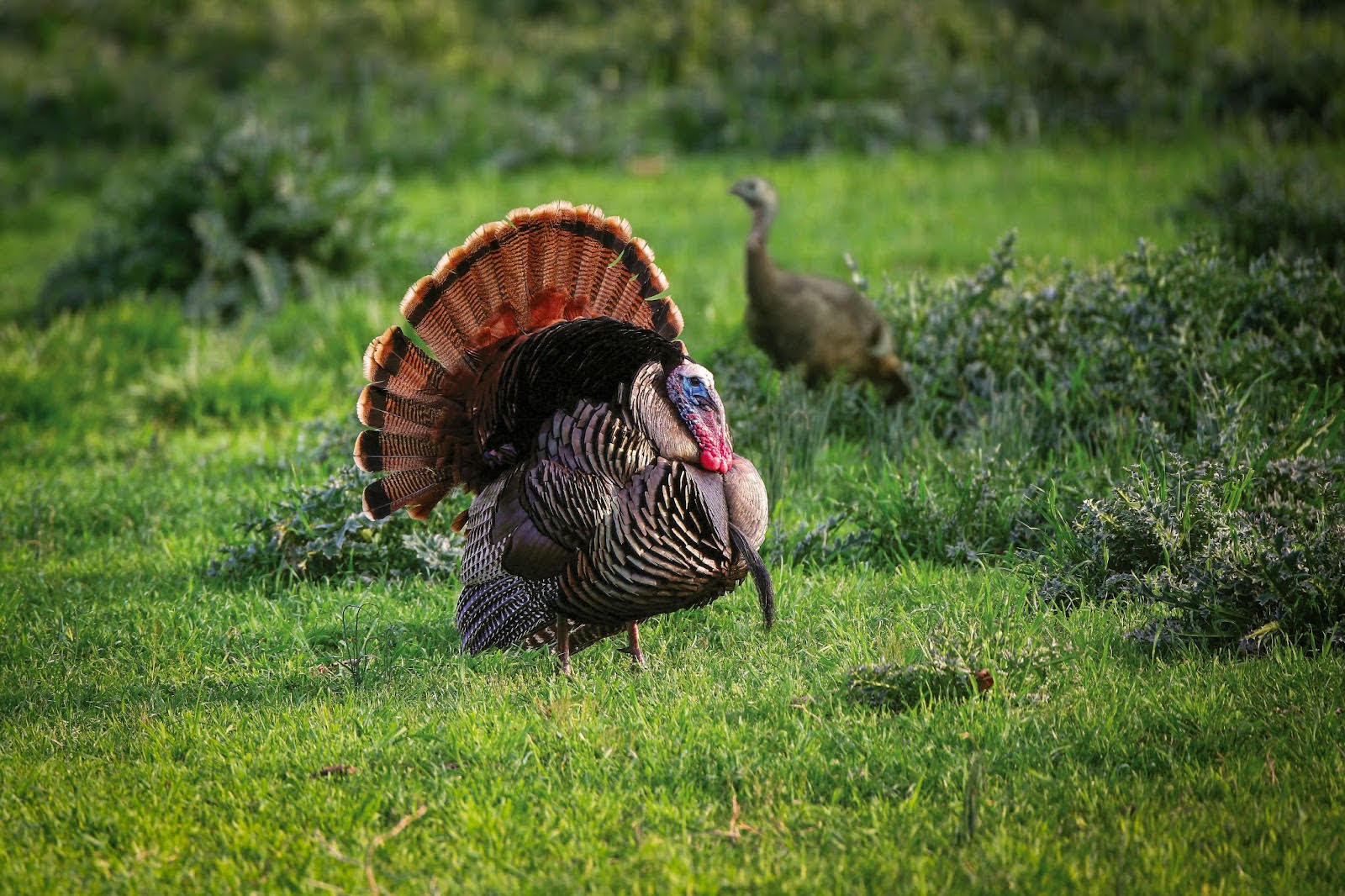AGFC forest management earns high marks in independent audit
ON 07-17-2024
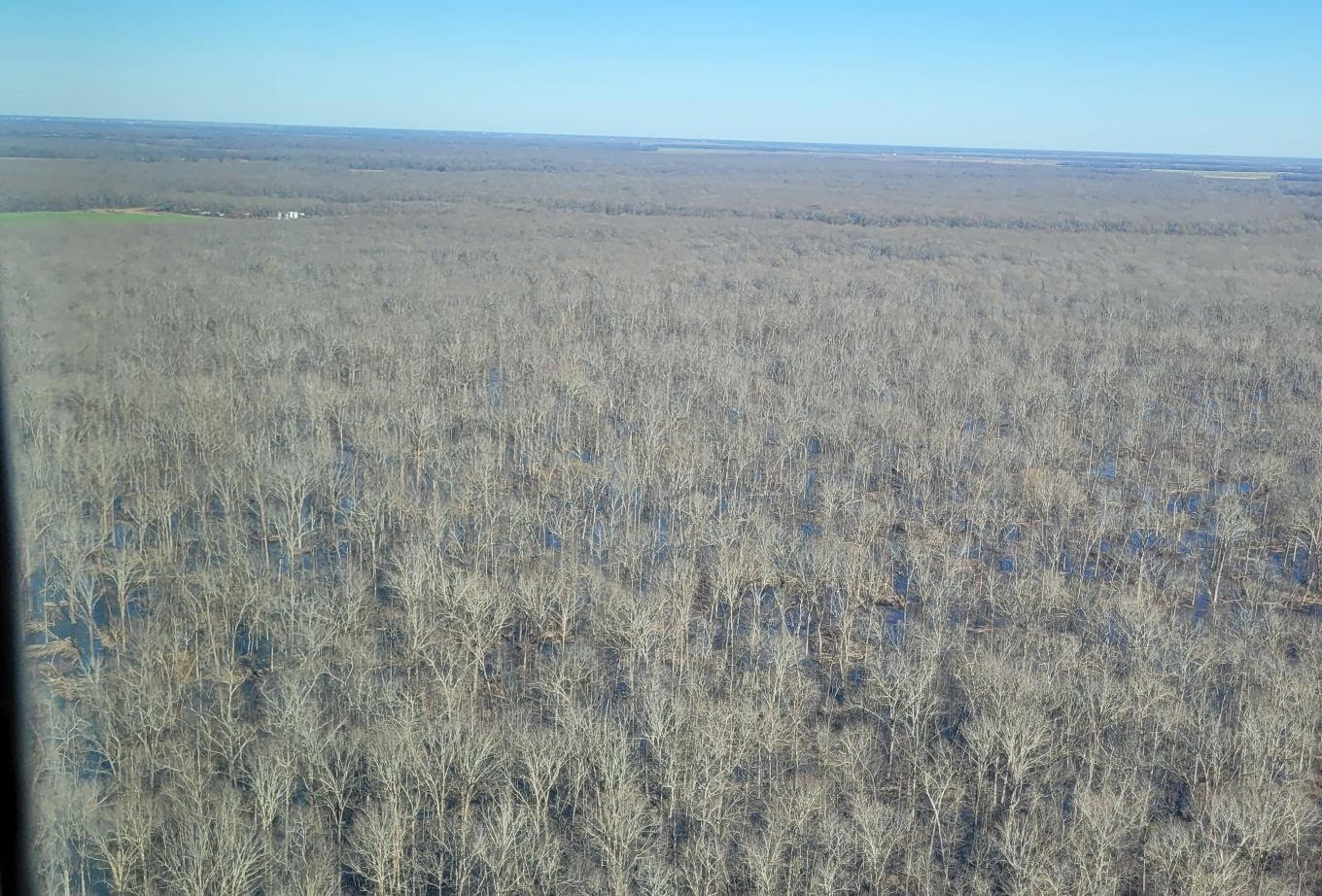
LITTLE ROCK — On the surface, cutting trees to make more trees may sound a bit counterintuitive, but that’s exactly what the Arkansas Game and Fish Commission is doing, and according to the results of a recent audit, it’s just the right medicine for some of the forests under the AGFC’s care.
The audit was completed by Bureau Veritas Certification’s lead auditor, who has 22 years of expertise in forestry and wildlife management. Henry Gray Hurricane Lake Wildlife Management Area, Mike Freeze Wattensaw WMA and George H. Dunklin Jr. Bayou Meto WMA were visited to inspect site conditions to ensure the AGFC’s forestry practices stayed within the updated Sustainable Forestry Initiative® standards set in 2022, to which the AGFC had previously met or exceeded since 2021.
Not only did all conditions continue to meet or exceed the new standards in the 2024 audit, but the AGFC’s work in greentree reservoir management and improving the health of the forest associated with GTRs earned the issuance of a notable practice indicator during the audit.
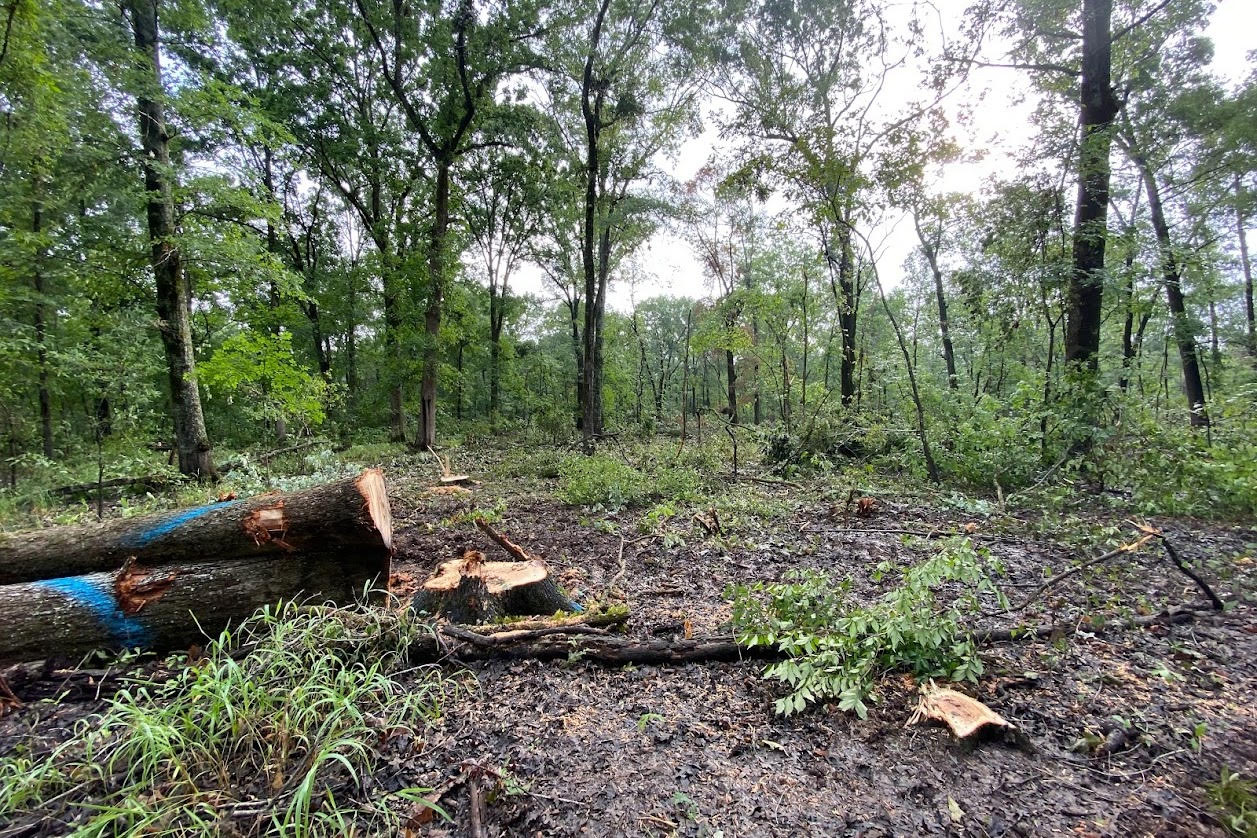
“Our goal on GTRs is to promote the red oak component, which provides hard mast for a variety of wildlife, including mallard ducks,” Rob Willey, AGFC Habitat Program coordinator, said. “Past management regimes have been detrimental to this component of the bottomland hardwoods in and around GTRs, and we are working to select the most healthy remnants of that forest and remove their competition through variable retention harvest, encouraging natural regeneration of red oaks to take the place of those less desirable species that have infiltrated the forest.”
Willey points out that he’s already seeing some excellent regeneration of the red oak component of the forest appearing where undesirable or competing trees were removed from the canopy, and aerial flights during the 2023-24 waterfowl season show that many of the areas that underwent variable retention harvest have a considerable amount of overhead cover to retain waterfowl during winter.
“A 40 percent reduction in basal area was prescribed for Bayou Meto,” Willey said. “Post-harvest plot-level evaluations have identified that the residual basal area aligns exactly with those prescribed targets.”
Another mention by auditors on site conditions was the fact that very little rutting takes place on AGFC sites. According to the audit, this is because the AGFC’s wet weather contingency plans include soil types and requires loggers to move to different locations of a sale or postpone harvest completely in the event of wet soil conditions. The resulting sites were “remarkable given most selection harvests were in very wet bottomland areas.”
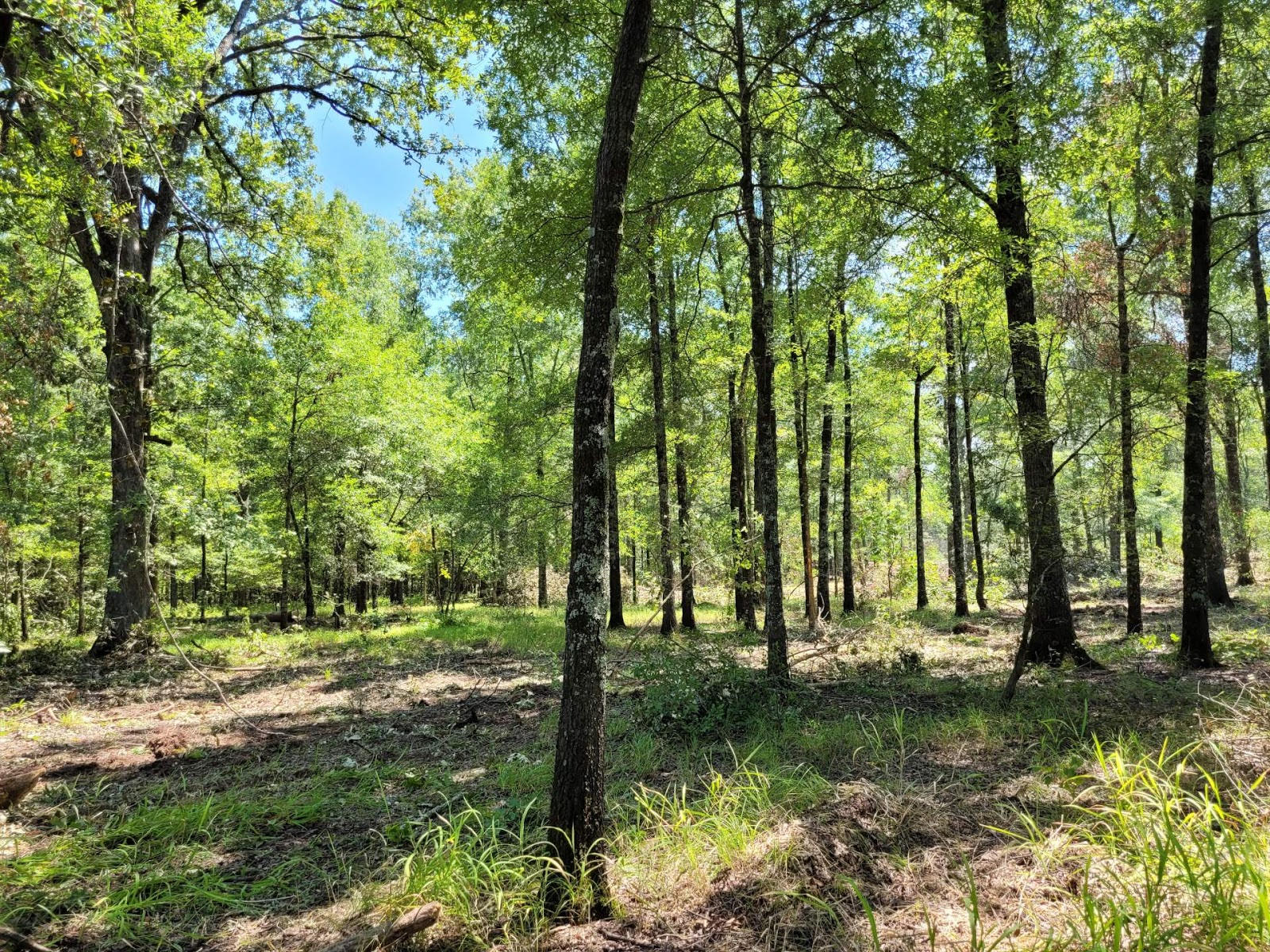
Images of areas undergoing timber sales for forest stand improvement sometimes circulate on forums and social media, showing bare dirt or debris left behind. As part of the AGFC’s contract requirements, loggers must remove as much limb debris as possible before leaving the site, but some remnants tend to remain in place. A certain amount of debris can be beneficial for wildlife to use as cover until vegetation begins to grow from the increased sunlight penetration promoted by harvest.
“There are a few places where an acre or so is used as a staging area for trucks, but loader sets are developed at a rate of one per 40 acres of harvest operation,” Willey said. “In most cases, a variable retention harvest still retains a good amount of mature trees, but it allows enough sunlight through to get more vegetation growing on the ground. That’s habitat and year-round food for many species of wildlife. And the mature red oaks left behind will see increased opportunity to create acorns for wildlife in winter and to grow the next forest.”
The AGFC is responsible for 365,000 acres of land in Arkansas, 295,000 of which is forested and included in the SFI program. During the last five years only 5,982 of those acres have seen harvests.
“AGFC-managed forests are growing more than 407,000 tons of forest product every year, and in the last five years, we’ve only harvested 10.24 percent of a single year’s annual growth,” Willey said.
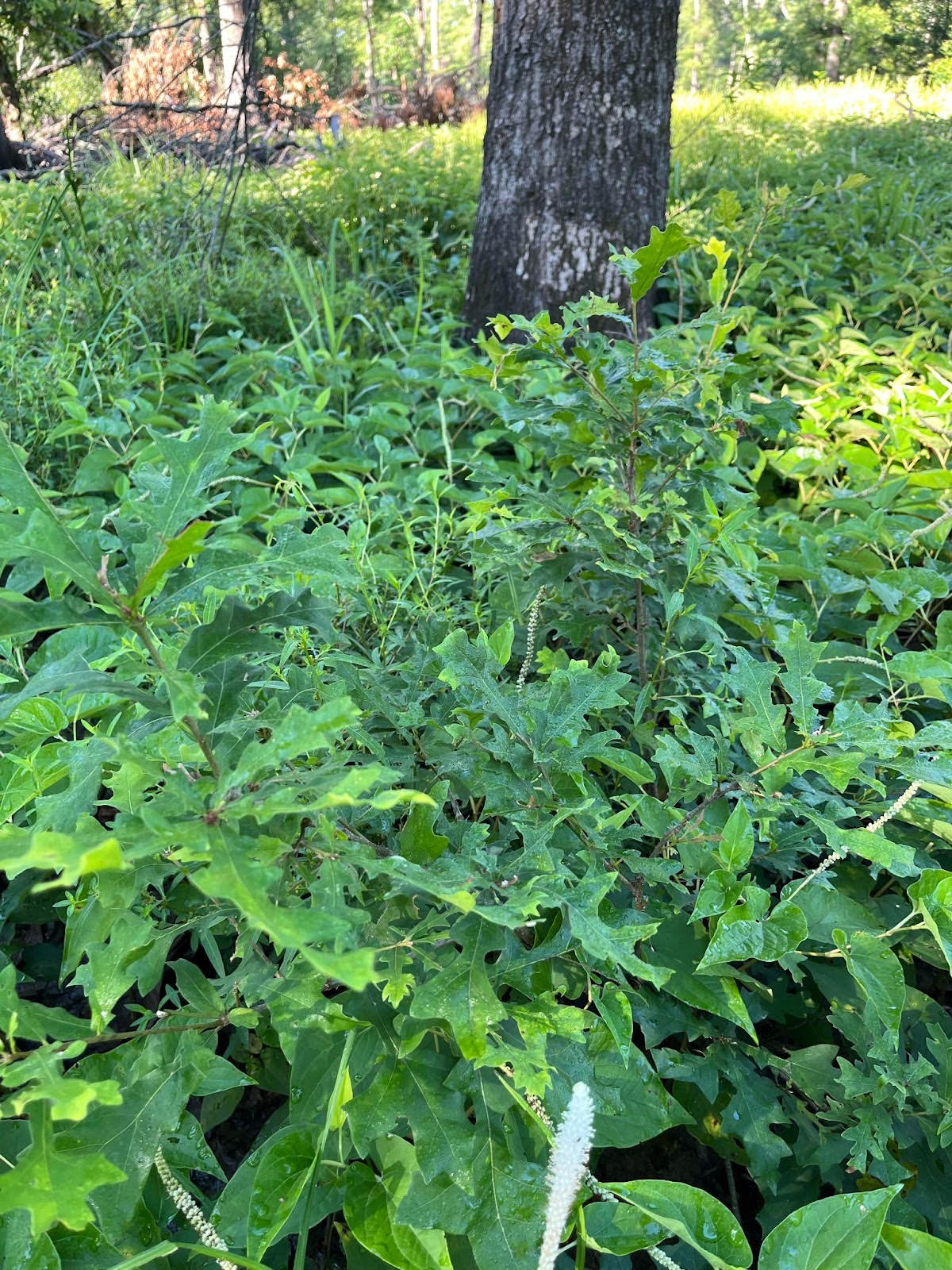
Willey says it can be a challenge to complete timber harvests on AGFC properties because the quality of the trees being removed is not high enough to entice many contractors, and the traditionally wet site conditions can drastically shorten the time period contractors have to work.
“It’s not uncommon to have timber sales that take up to five years or more to complete,” Willey said.
According to the AGFC’s Fiscal Year 2024 Annual Report, due to be published soon, the AGFC received a total of $370,660 through timber sales from July 1, 2023-June 30, 2024. In comparison, the $25 additional fee for sales of Conservation License Plates contributed three times that amount at $1.1 million during the same time period.
“Revenue generated from the sale of forest products is not considered in the planning process of our forest improvement efforts,” Willey said. “However; as stewards of this resource it is our responsibility to ensure these products are sold at a fair market price. We need to remove trees for the overall health of the forest and wildlife habitat value.”
Willey also points out that any revenue derived through timber sales is required by law to go right back into work on AGFC-managed WMAs. In many cases, this revenue doesn’t cover the expense of other forest management practices conducted on the same WMA.
There’s no doubt that harvest can be controversial, especially in some of the state’s most popular hunting areas, but these areas require a certain amount of disturbance and removal to keep them producing the highest quality habitat possible, that same habitat that has made them popular hunting places to begin with.
####
CUTLINES:
AERIAL PHOTO
Flights conducted during winter show a duck’s eye view of forest conditions at Bayou Meto after variable retention harvest opened the canopy to promote the next generation of red-oak dominated forest.
CUT TREES
Each tree cut for harvest on AGFC WMAs is marked and approved by a professional forester to ensure the residual stand meets the agency’s wildlife management objectives.
OPEN FOREST
Increased sunlight on the forest floor will enable growth of herbaceous cover to benefit wildlife year-round.
SAPLINGS
An example of excellent red oak regeneration on AGFC WMAs after a variable retention harvest.
Recent News
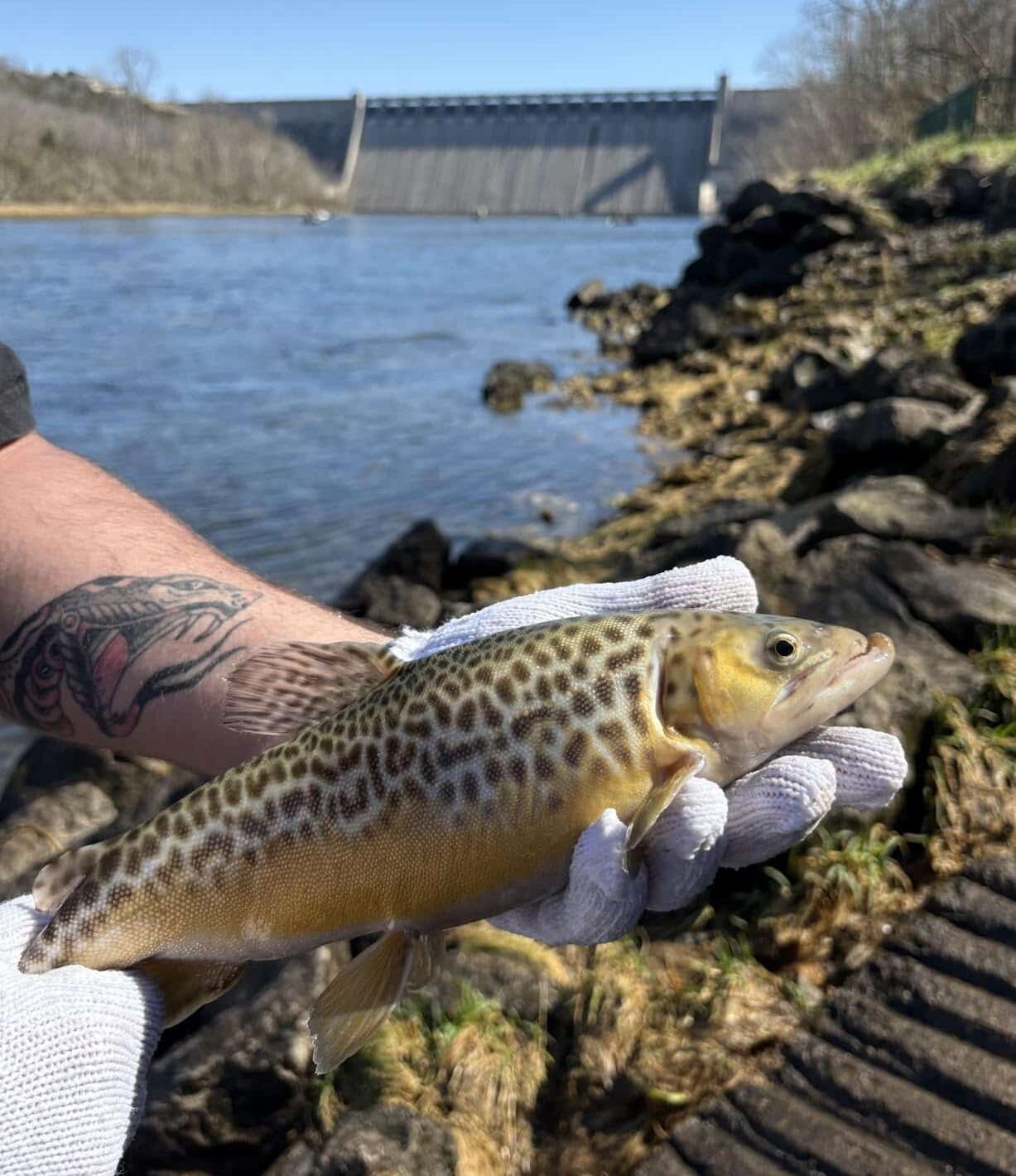
Catch a tiger by the tail(water)
Mar. 31, 2025
Subscribe to Our Weekly Newsletter E-mails
Don’t miss another issue. Sign up now to receive the AGFC Wildlife Weekly Newsletter in your mailbox every Wednesday afternoon (Waterfowl Reports are published weekly during waterfowl season and periodically outside the season). Fishing Reports arrive on Thursdays. Fill in the following fields and hit submit. Thanks, and welcome!

